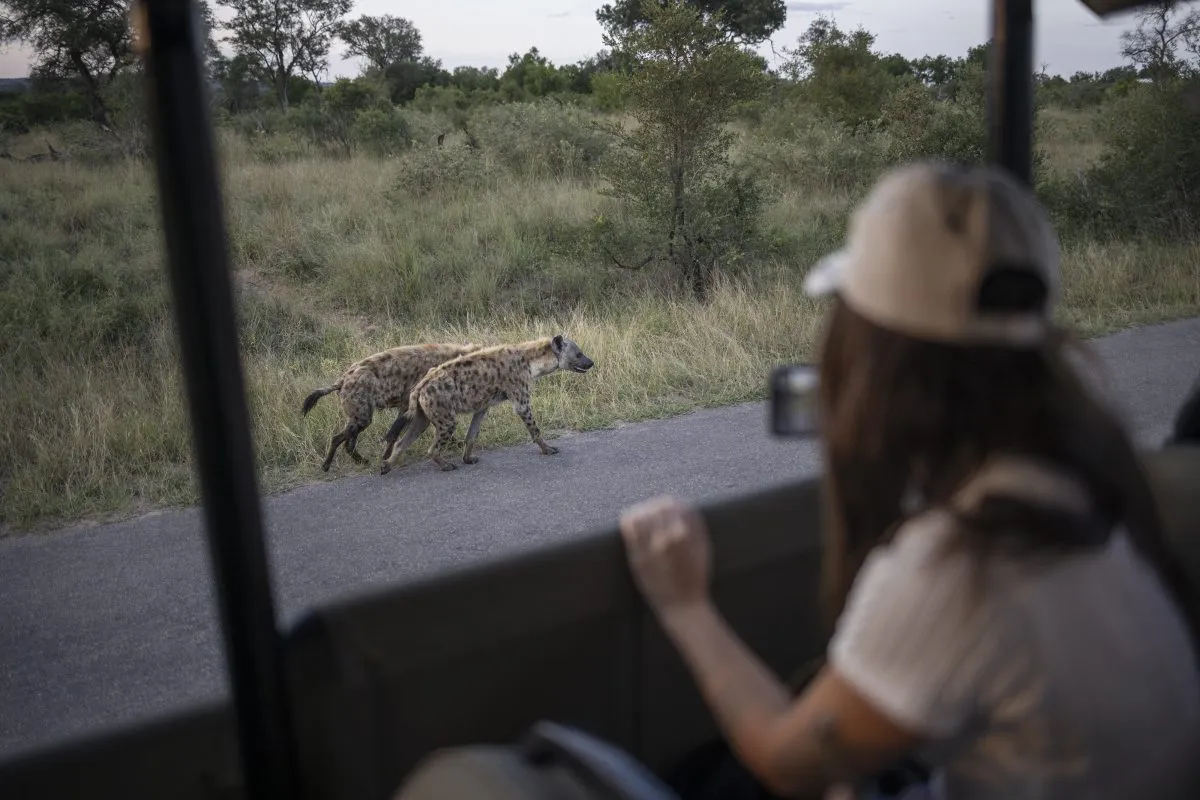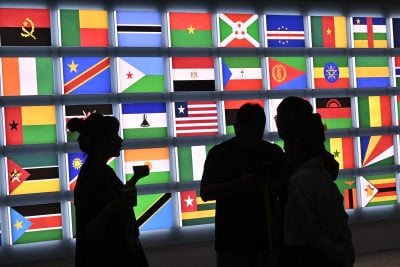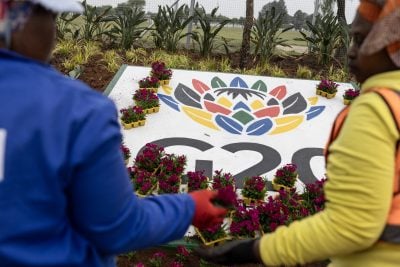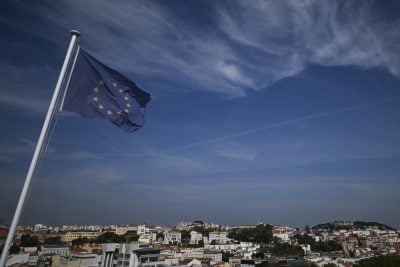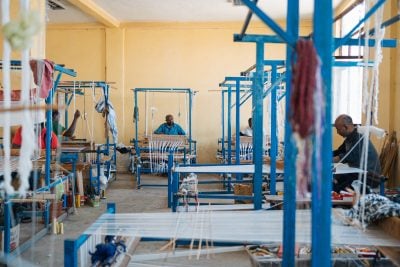To many visitors, Kruger National Park, the famous home of the “Big 5” of African animal species, delivers an unforgettable experience. “I don’t have words to explain the thrill and buzz of watching so many different animals in their completely natural habitats, be it a lion walking right next to your car or a leopard peacefully relaxing on a cliff far away,” said one reviewer on TripAdvisor. Another visitor wrote: “The Kruger National Park will always hold a special place in my heart and I hope that you also get the opportunity to visit it.”
The Kruger National Park spans around two million hectares, encompassing low-lying savannas, bushy forests, rocky hills and gorges. The park hosts dizzying numbers of plant and animal species and hundreds of archaeological sites dating back to the Stone Age. It is home to over a thousand lions.
“I think partly what makes it special is the choice that you have,” Piet Theron, biodiversity consultant for the greater Kruger region, tells African Business. “The Kruger is so big, bigger than some countries. There are so many areas you can visit and things you can see.”
As a result, the park has become one of the country’s leading attractions for foreign tourists and a major money spinner. According to a 2018 research paper by University of Zululand lecturer Michael Brett, Kruger visitor numbers doubled in a period of 15 years from 2001/2002 to 2016/2017, when 1.8m were recorded. Theron says that visitor numbers have rebounded since the Covid-19 pandemic and now stand at just under 2m visitors annually. However, Kruger faces major challenges in balancing mass tourism and its beneficial economic impacts with wildlife conservation, the economic empowerment of local communities, and efforts to address historical land dispossession in the park.
The rise of private lodges
The millennium has seen major changes in the way Kruger operates. The park is administered by South African National Parks (SANParks), a national agency which manages 19 parks in areas of particular natural beauty or significance.
In 2000 the agency, partly in a bid to improve its funding and allow it to focus on conservation efforts, launched a commercialisation strategy that allowed private operators to open eco-lodges, shops and restaurants. This privatisation strategy helped SANParks to rely on government funding for less than 20% of its total operational budget – almost making it self-sufficient.
It also gave a major boost to regional economies. According to a research paper in the Journal of Sustainable Tourism in 2020, the Greater Kruger National Park, which includes private reserves bordering the park, contributes R6.6bn ($370m) a year to the national economy when accounting for supply chain multipliers and induced spending.
The park was found to be directly responsible for an estimated 10,388 jobs, accruing R1.17bn ($64m) in wages and salaries. The majority (over 60%) of employment, tax, and GDP contributions came from visitor spending in private game reserves.
Yet while commercialisation has had undoubted benefits for the tourism industry and the park authorities, SANParks management has faced increasing calls from politicians and activists who are concerned that commercialisation has distracted SANParks from its other goals: to make the Kruger a tool for the development of local communities and to boost its accessibility to broader segments of South African society, especially historically-disadvantaged black South Africans.
In 2022 Barbara Creecy, at that time minister of environment, forestry and fisheries, told a SANParks tourism investment summit: “Communities that live adjacent to national parks are critical stakeholders for SANParks. The majority of national parks are located in rural areas which are characterised by high levels of poverty, unemployment and inequality.”
Speaking to African Business, a safari guide who works in and around the park said that welcoming all South Africans to the park is crucial for conservation efforts. “I think there was a quote I read from David Attenborough, it went something like this: ‘no one will want to protect what they don’t care about; and no one will care about what they have never experienced.’ I really believe in this saying. If we bring South Africans in, they will experience it, and want to protect it,” she says.
A history of dispossession
However, South Africa’s history of racially-based land dispossession introduces an extra complexity to debates around the park and its inclusivity agenda. Creecy told SANParks: “In South Africa, the very existence of national parks is an outcome of land dispossession, ladies and gentlemen. This presents intricacies to our community relations and specific obligations to these communities.”
Agreements with land claimants can allow beneficiaries to gain income from their land, for example by leasing the land to private tourism operators or establishing their own businesses.
The guide believes that “tourism revenue is very important because it incentivises land claimants to maintain conservation efforts who might otherwise want to use the land for different purposes like farming.”
SANParks says some progress has been made on redressing past injustices. Contractual agreements signed with claimants have seen them becoming part of the management of the conservation areas, it says, while joint management boards have also been established with claimants. There are also outstanding land claim cases which the park management is working to address through a dedicated office.
Conservation efforts
However, encouraging further tourism at the park in order to sustain local communities could be a double-edged sword.
“One of the core tenets of ecotourism is that it is not mass tourism. As large numbers of visitors can disrupt animal behaviour and create a host of problems, large concentrations of visitors are considered to be incompatible with this brand of tourism,” writes Brett, who argues that tourism should not be the only way of uplifting local communities. “If the park is regarded as being largely responsible for the upliftment of three million people, then considerable pressure will be exerted on the sustainability of the system.”
Brett says that politicians have too often relied on the park as an economic resource to be exploited. “Although poverty remains a serious problem for the park’s neighbours, the success of the Kruger National Park should not be used as an excuse by provincial and national government to neglect their obligations to uplift impoverished communities.”
Kruger management said in its 2018-2028 management plan report that conservation was and still is the primary purpose of the park’s existence. Its mission is defined as: “To conserve, protect and manage biodiversity, wilderness qualities and cultural resources, provide a diverse and responsible visitor experience, contributing towards social, ecological and economic resilience and well-being whilst strengthening constituencies within a unique regional landscape.”
However, just this May, Creecy, a month before her departure from the ministerial post, made a proposal to exclude SANParks from needing to get environmental authorisation for some developments in the Kruger National Park. According to SANParks this proposal was made in order to streamline decision-making, but it has raised concern among experts, who claim it puts important safeguards at risk.
The safari guide, however, maintains that mass tourism isn’t a major problem for animals at the park; at least not yet.
Tourist traffic trouble
“People who visit can only drive on the roads, which cover a small percentage of the surface area of the park. There are massive expanses of natural areas where there are no roads. The issues we need to watch out for, though, are congestion and badly-behaved tourists, especially in the southern region of the Kruger where there is the most tourist infrastructure.”
Tourists themselves have begun to note the increase in congestion. Writing on TripAdvisor, one otherwise complimentary visitor said: “Only gripe I can say I have is with the ‘traffic jams’ at big cat sightings where people seem to forget how to drive and block an entire road.”
In a prescient 2014 article in the Journal of Ecotourism, South Africa-based academics Sanette Ferreira and Alet Harmse suggested that mass tourism would need to be rethought if the park was to have a sustainable future.
“It is crucial that the visitors’ attitudes change from ‘rush around looking for lions’ to being more interested in understanding the ecological interactions and finer cultural-historical details of [the park], so becoming ‘mindful’ visitors,” they wrote.
In a conclusion that remains relevant a decade later, they predicted that without reform, the impact on both conservation – and visitor numbers – is likely to be negative.
“If the quality of the experience is below that expected by tourists, their consequent unfavourable word-of-mouth reports will adversely affect future earnings from the park.”
Want to continue reading? Subscribe today.
You've read all your free articles for this month! Subscribe now to enjoy full access to our content.
Digital Monthly
£8.00 / month
Receive full unlimited access to our articles, opinions, podcasts and more.
Digital Yearly
£70.00 / year
Our best value offer - save £26 and gain access to all of our digital content for an entire year!

 Sign in with Google
Sign in with Google 